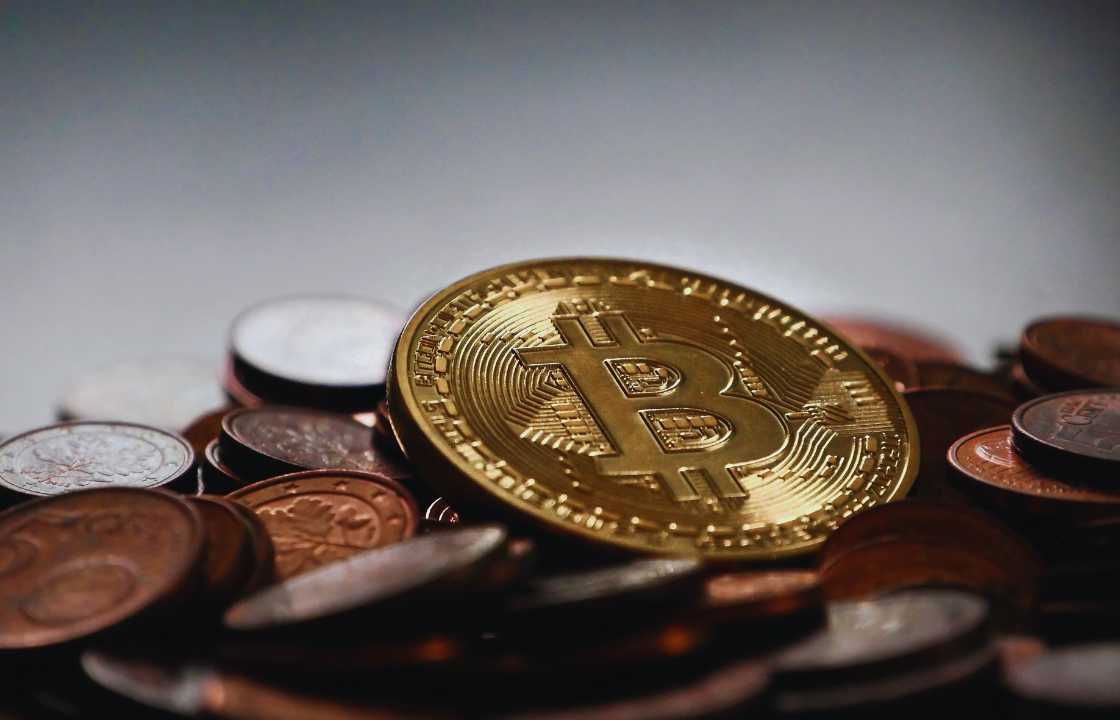Digitalization is gradually becoming a force to be reckoned with in the financial sphere. The income from digital operations was nearly $100 billion in 2022, and market gurus estimate this figure could escalate to $303 billion by the end of the decade. Alongside this, consumer behavior is also shifting towards digital transactions, with research in 2022 showing nearly nine out of ten Americans are using some form of digital payments.
As we step further into the digital money era, Bitcoin is making headway. Amidst the unstable global financial climate and issues in the banking sector, Bitcoin’s freedom from conventional banking institutions positions it as an enticing prospect for individual and corporate players alike.
Yet, a pivotal question persists: Will Bitcoin outstrip fiat currencies and emerge as the money of tomorrow?
Shifting Perceptions: The Bitcoin Trajectory
Only ten years back, Bitcoin was an intriguing topic for a select group. Today, its user base has swelled impressively, boasting a massive 425 million users worldwide, largely due to a 39% boost in digital asset ownership in 2022.
Previously, many regarded Bitcoin as nothing more than a dubious venture. But, the narrative has seen a dramatic change since 2020, with Bitcoin now recognized as a trustworthy investment vehicle and a valid means of exchange.
The shift in this storyline has primarily been driven by the massive influx of institutional Bitcoin adopters. These players made a splash in the Bitcoin market around 2020, sparking a significant bull run and amassing over 7.8% of the total Bitcoin supply as of May 2023. Consequently, Bitcoin is now acknowledged as a credible asset class.
A Deloitte study in 2022 underscores this transformation, indicating that three out of four retailers plan to welcome cryptocurrency payments within the following two years. On top of that, multiple jurisdictions, with El Salvador at the forefront, have authorized Bitcoin as an official payment mode.
The Sustainability Quandary: Bitcoin Mining
High energy consumption is often attributed to Bitcoin mining, which has cast a shadow over its path towards mainstream acceptance.
However, an often-overlooked facet of Bitcoin’s energy usage is its potential to stabilize power grids and curtail electricity costs for consumers.
The demand for electricity sees peaks and troughs throughout the day and over the year. Demand spikes during morning and evening hours, while it dips significantly at night and over weekends. In many areas, Bitcoin mining can utilize this excess electricity, thus enabling power plants to maintain optimal output and safeguarding consumers from the added costs associated with generating this excess electricity.
Additionally, the competitive nature of Bitcoin mining and its deflationary attributes urge miners to seek more efficient and sustainable mining methods. As mining grows increasingly competitive, miners are expected to invest more into advanced hardware and software to improve their odds of mining new Bitcoin blocks. The drive towards renewable energy sources, such as wind and solar power, could further diminish Bitcoin mining’s environmental impact.
Considering these factors, the public’s view of Bitcoin mining is anticipated to turn positive over the next five years, making mining operations increasingly sustainable.
El Salvador’s Pioneering Move with Bitcoin
Recently, acceptance of Bitcoin as a legal payment method has seen a rise. El Salvador made headlines in 2021 by making Bitcoin legal tender. Despite some initial challenges, the move has yielded positive results, with a GDP growth of over 10% and a 30% rise in tourism.
El Salvador’s bold move has caught the attention of several countries, including Mexico, Arizona, and Switzerland, who are considering similar steps. Liechtenstein is even in the process of formulating

